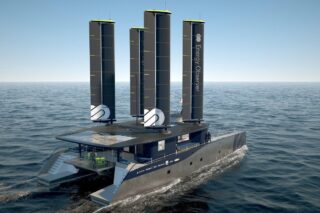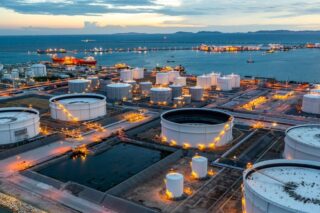At Aesch, Switzerland, behind the doors of BWT Pharma & Biotech’s production site, every liter of water tells a story, one of purity, regulatory precision, and technological innovation. Here, engineers and technicians design, assemble, and test some of the world’s most demanding water treatment systems: those that produce purified water and water for injection (WFI) used in vaccines, serums, and hospital solutions. BWT opened its doors to DirectIndustry for an exclusive visit.
A Vision: “Changing the World, Sip by Sip”
At BWT, there is only one mission, achieving absolute control over water quality. Pierre Cullmann, Head of BWT Pharma & Biotech, summarizes the group’s demanding philosophy: to deliver the best possible water, everywhere in the world.
To meet that goal, the company designs and builds water treatment skids that comply with the strictest health, hygiene, and safety standards. These skids, made of stainless steel frames packed with tanks, filters, valves, and miles of precision tubing, must perform flawlessly. In the pharmaceutical industry, an error of just a few microns can mean contamination.
We visited BWT’s production center in Aesch to see how perfection in water purification is engineered.
Read also
It All Starts with Design
Before a single stainless steel pipe is welded, everything begins on screen. In the design office, BWT engineers model every installation in 3D using AutoCAD. The complete water path, from potable source to production equipment, is simulated virtually. This step ensures traceability, regulatory compliance, and compatibility with each client’s facility layout.
Every tube, valve, and junction is documented: materials, batches, certificates, welds, and chassis. In pharma, everything must be traceable, validated, and proven. The isometric plans sent to the workshop include all welding and labeling instructions, forming the foundation of an installation compliant with European and U.S. pharmacopoeias.
From 3D to Stainless Steel
In the workshop, the quiet of design offices gives way to the metallic hum of machines and the silver glow of stainless steel.
“We want full control over the process,” explains Pierre Cullmann. “From raw material reception to final testing, everything is verified, traced, and certified.”
At the center of the workshop, Olivier, an experienced welder, operates an orbital welding clamp. Here, 80% of welds are machine-made. An electric arc rotates around the tube to fuse edges without filler metal.
“This is pharmaceutical quality,” Olivier says. “The inner surface must be perfectly smooth. Any pit or bump could harbor bacteria.”
Every weld is numbered, documented, and inspected by endoscope. Roughly 10% of orbital welds are visually checked, while 100% of manual welds are systematically inspected. Each weld is photographed three times, forming part of the system’s traceability dossier. This is a rigorous process essential to ensure sterile, contamination-free water systems.
Testing, Validation, and Certification
Once assembled, each installation undergoes Factory Acceptance Tests (FAT) in BWT’s workshops: electrical checks, automation validation, and operational sequence simulations in the presence of the client. Each unit runs under power, sometimes for days, before shipment.
Then come the Site Acceptance Tests (SAT), this time with the customer’s actual water on-site.
“We never deliver without knowing the system performs under real conditions,” Cullmann insists.
Into the Utilities Zone
Deeper in the facility, the rhythmic hum of pumps and the click of valves mark entry into the full-scale test area. Here, BWT operates its own in-house water treatment lines, including softeners, reverse osmosis units, electrodeionization modules, ultrafiltration systems, and pure steam generators, to simulate every possible condition. Systems run continuously, treating up to 120 cubic meters of water per hour.
“We must ensure our equipment eliminates all microbiological risks,” explains Cullmann.
Softener units are thermally disinfected at 75°C, water loops are UV-irradiated, and all circuits are fully looped to prevent stagnation. In total, over 700 meters of stainless-steel piping distribute different water qualities throughout the site, just like in a real pharmaceutical facility.
Even the test water isn’t wasted: much of it is recovered and re-treated, a gesture both economical and ecological.
Read also
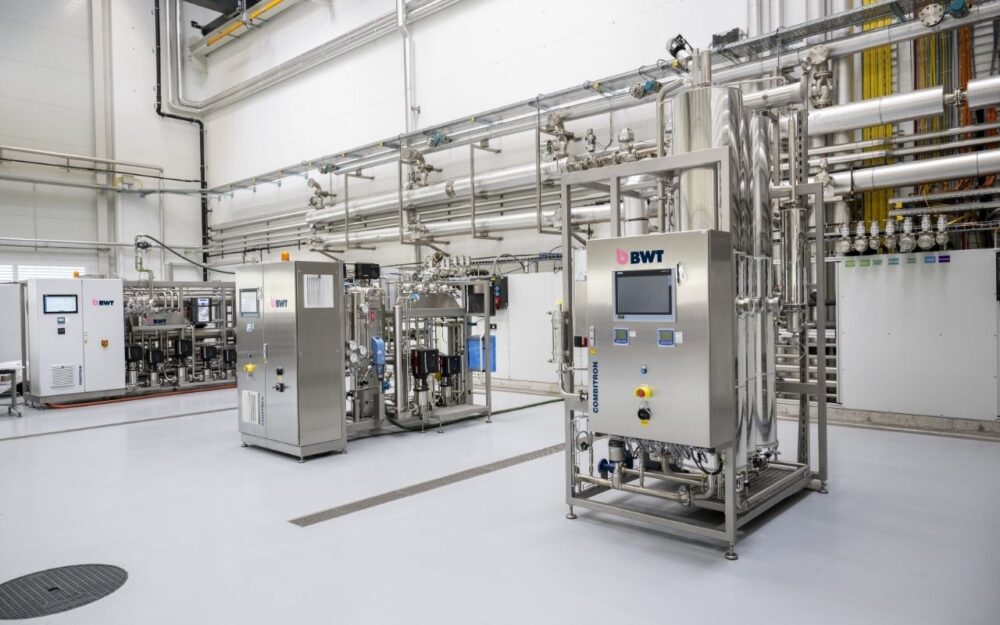
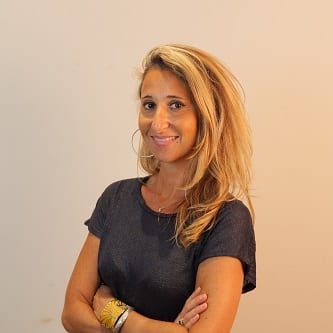
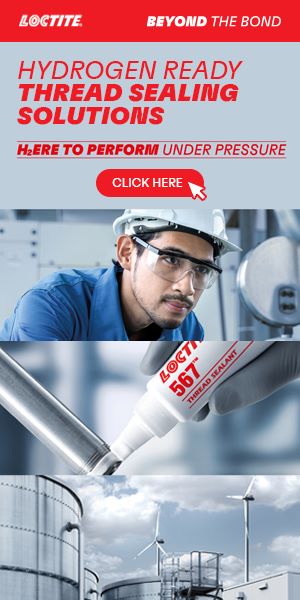


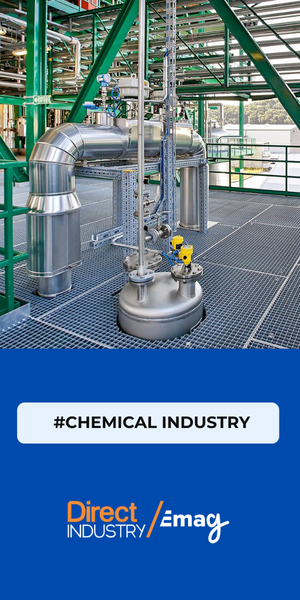


![Image [Buying Guide] How to Choose the Right AMR?](/wp-content/uploads/sites/3/AMR-320x213.jpg)

